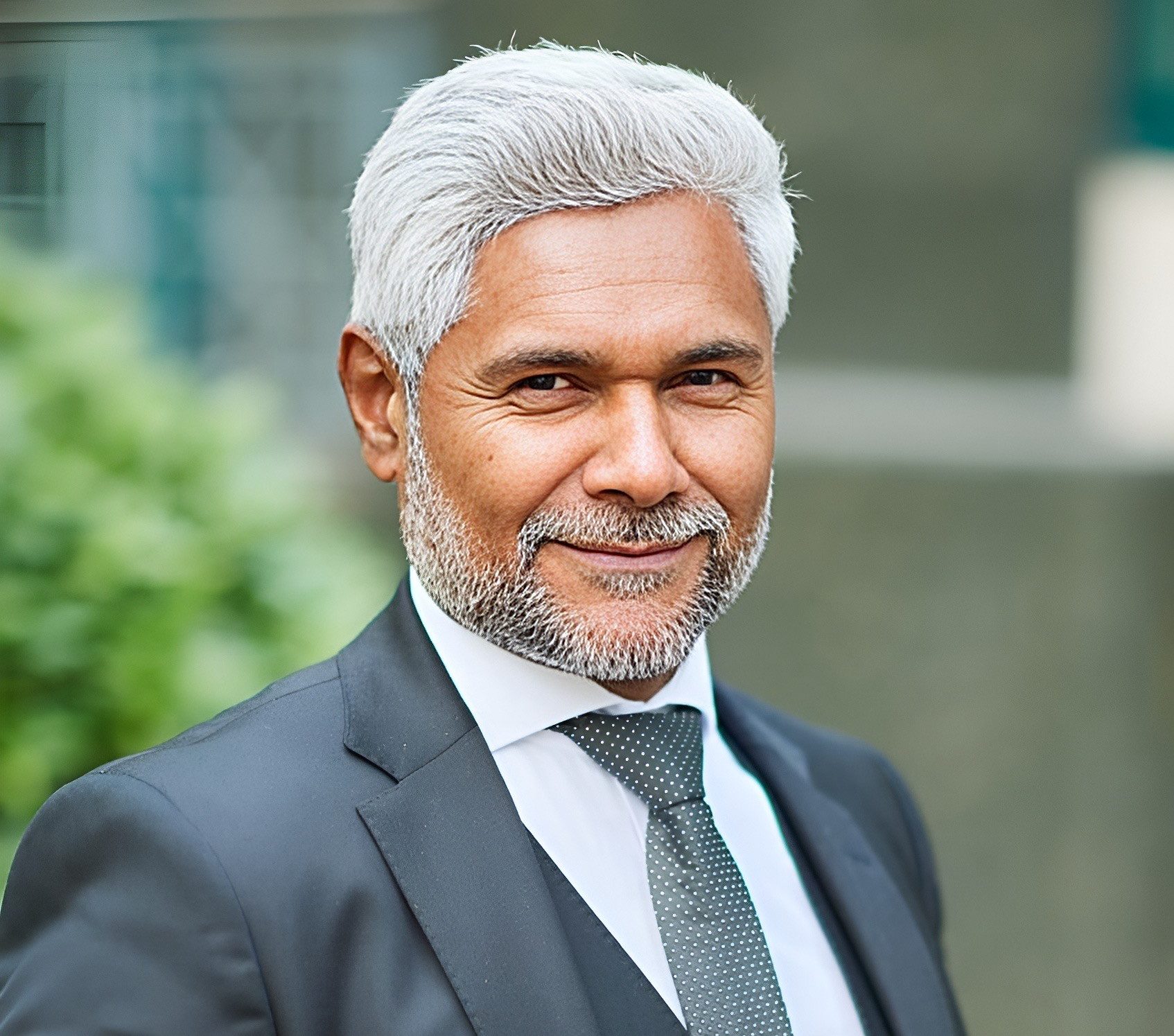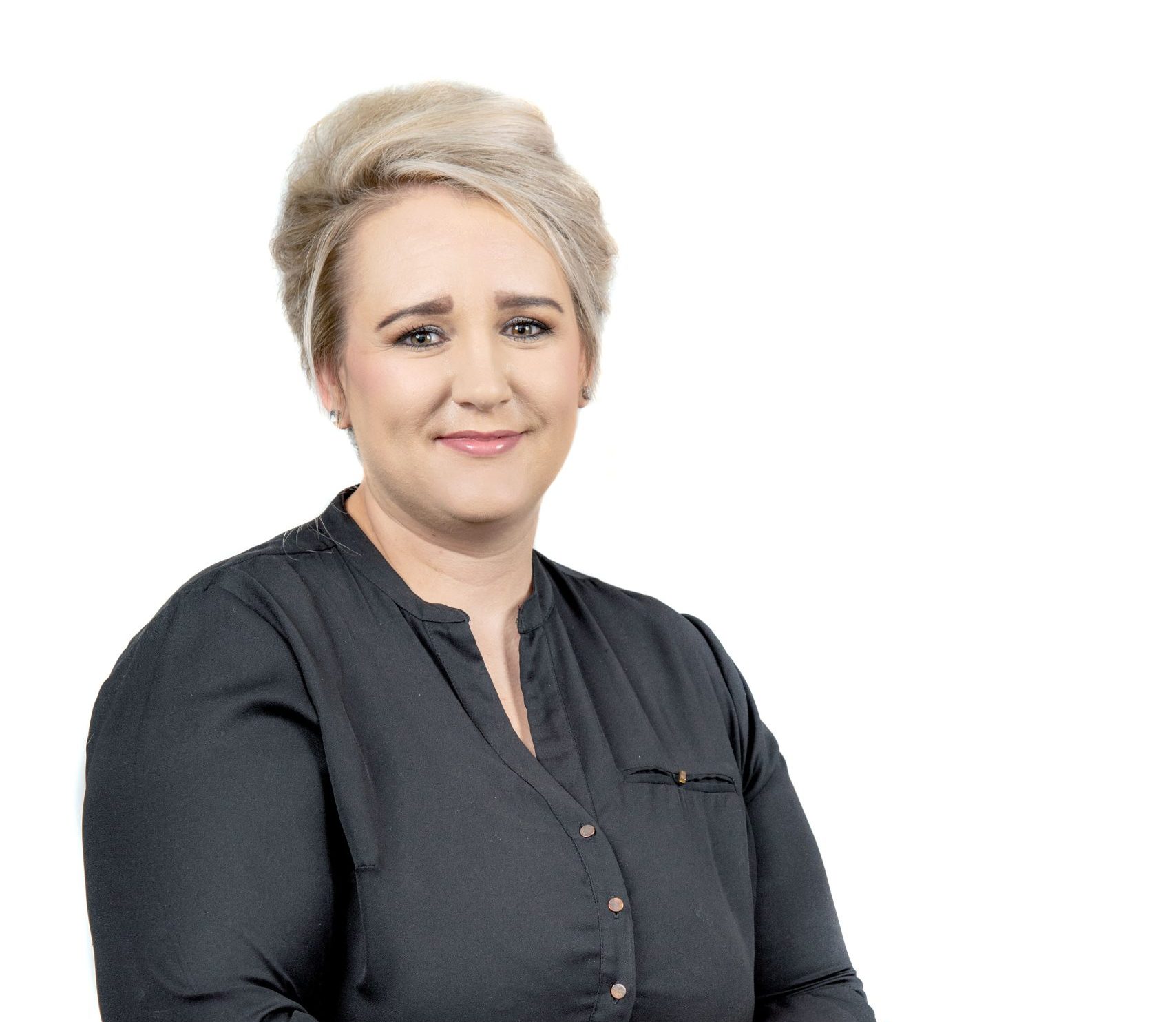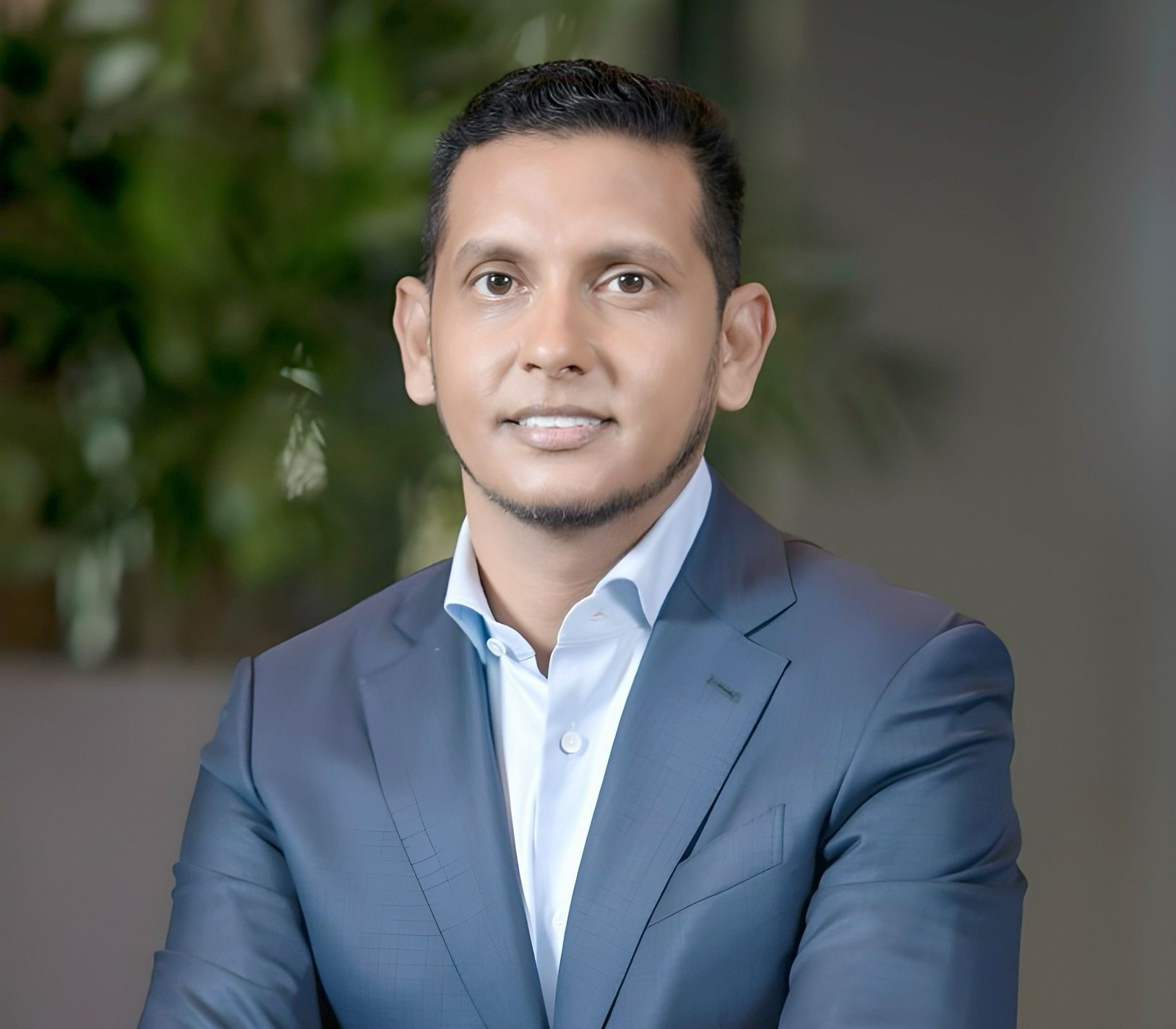Op-Ed
The Black Friday remix: What 2025 will look like after a rule-changing 2024

By Rory Bosman, Chief Sales & Marketing Officer at Ecentric
In 2024, Black Friday stopped being an imported promo day in South Africa and started dictating terms. It was a supercharged, concentrated surge of shopping that reset expectations and rewired retail playbooks. According to the Ecentric Payment Systems’ Black Friday Index 2024, the four-day Black Friday to Cyber Monday window punched well above its weight with online transactions jumping from 7.9% to 10.3% – a 30.4% increase – while in-store revenue more than doubled to 11.1%.
The shape of the event has changed from a vague outline of some stores offering discounts to a firm discount buster with extraordinary sales volumes. Globally, Black Friday has become an almost month-long experience, something that has already started in South Africa, with Black November bringing promotions throughout. But these tend to be the start of the tail that leads to the weekend itself, where, as the report found, shopping has become concentrated over four days, whereas in the past, shopping would continue well into December. For the first time, the peak moved from early December, and the strongest returns were felt over the weekend.
This was a global trend as well. Shopify merchants alone processed more than $11.5 billion over the Black Friday weekend at a 24% year-on-year increase, and according to Adobe Analytics, Black Friday sales were up to $10.8 billion from $9.8 billion in 2023. Shoppers are saving their big-ticket purchases for that late November window and holding back on discretionary spending until the deals drop.
Yet the numbers only tell a part of the story. What made 2024 distinctive wasn’t just the scale and timing of spending, but the ways in which consumers chose to shop. Mobile devices have become the most popular storefront with millions of consumers transacting on their phones while on the move. At the same time, physical stores showed they could still pull in the crowds if they offered something beyond discounts. Festive atmospheres, interactive demonstrations and exclusive in-store promotions gave shoppers reasons to queue.
This resurgence of in-store retail in South Africa is particularly interesting. Ecentric’s Index showed that in-store revenue over the Black Friday weekend more than doubled its share of the holiday total. It suggests that while online convenience is still a winner, South Africans are enjoying the energy of a shopping trip when the experience feels worthwhile.
The rules of engagement are slowly changing. Mobile has to be rapid and easy with payment systems that can handle the extraordinary loads. Customers don’t want to lose deals because a payment system fails or websites can’t handle the load. This does leave a bad taste, and customers are vocal about disappointing experiences or the perception of false advertising. In-store experiences have to be equally smooth and satisfying. Sure, there will be queues, but let these be accompanied by working systems and easy access to stock and unexpected experiences.
Black Friday in 2025 is going to be as much about consumer delight as it is going to be about deals and discounts.
Customers also don’t see Black Friday as a novelty anymore. It has to work hard for its money. Flexible payment options are expected to become more popular, so price-sensitive consumers can benefit from the deals but stay within their budgets. Personalisation, powered by AI, is also going to get sharper and more effective with tailored promotions sent to devices in real time.
This year, intelligent tech, smart payments, faster checkouts and bigger deals are going to lead the way, but they will be supported by immersive experiences, deeper personalisation, and more excitement as retailers build on last year to create something completely transformative.
Op-Ed
Rethinking Public-Private Partnerships for Africa’s Trade Future

By Ludovic Thanay, Senior Vice President Sales, Webb Fontaine
Africa stands at a turning point. Home to nearly a fifth of the world’s population but responsible for less than 3% of global trade, the continent continues to punch below its weight. The reasons are well documented: weak infrastructure, fragmented policies, and slow adoption of digital systems. The real challenge is not only to bridge the divide but to design a model of trade that reflect’s Africa’s own realities and ambitions. Public-private partnerships (PPPs), when built on trust and shared responsibility, can play a decisive role in that transformation.
More than Procurement
All too often, PPPs in Customs and trade are seen as procurement arrangements, with governments buying systems and private firms delivering them. That narrow view misses the point. Strong partnerships are those that bring stakeholders together to design solutions everyone can benefit from. Governments bring legitimacy and reform agendas rooted in World Customs Organization (WCO) and World Trade Organization (WTO) commitments. Private partners bring technology, agility, and the capacity to deliver at scale. When these elements are combined, partnerships move from being procurement exercises to becoming drivers of reform.
The frameworks already exist. The WCO Data Model, the WCO SAFE Framework of Standards to Secure and Facilitate Global Trade, and the Time Release Study all provide the international backbone for reform. But frameworks do not implement themselves. They need digital tools, from risk management systems to Single Windows, Port Community Systems, and e-payment platforms. This is where PPPs prove their value: by turning policy ambitions into working systems that deliver results.
Trust, Governance, and Transparency
Strong governance underpins every sustainable reform. Without clear roles, independent oversight, and visible results, even the most advanced technology can fail to take root.
Digital systems can reinforce this credibility. Linking e-payment solutions directly to Customs, for example, not only accelerates transactions but also gives finance ministries a real-time picture of revenue. Risk engines that leave an auditable trail make clearance decisions faster while also making them open to review. When operators see a process that is efficient and predictable, trust in the wider system follows.
Data: Shared but Protected
Trade digitalisation depends on data. Declarations, shipping manifests, payments, and risk profiles all need to move quickly between agencies, operators, and even across borders. But speed raises questions of ownership and protection. Who controls this data? How is it used? How is it secured?
PPPs must give answers. Shared platforms cannot succeed if businesses and citizens doubt the safety of their information. Data must flow, but it must also be protected. For Africa, where regional integration under the African Continental Free Trade Area (AfCFTA) depends on interoperability, this means developing consistent data governance rules that balance openness with privacy. Private partners have a critical role here, providing not only the systems but also the security frameworks that keep information safe while still enabling smarter, faster trade.
Capacity and Ownership
Even the best technology fails if the people who use it are not part of the journey. Too many projects collapse because systems were handed over without building local skills or ownership. Sustainable partnerships integrate training and institution-building from the start. Success should be judged by more than faster clearance; it should be about whether administrations can manage and expand these systems themselves over time.
AfCFTA: From Vision to Practice
The AfCFTA offers the prospect of the world’s largest single market. But no agreement, however ambitious, will succeed if each country implements its own isolated digital solutions. A corridor cannot be “smart” if every border is a digital island.
This is where PPPs can help governments look beyond national boundaries and build systems that work together. Integration depends on the basics: harmonised standards, interoperable systems, and shared infrastructure.
Towards a Distinct African Model
By 2050, one in four people on earth will be African. The real question is whether Africa will still be adapting to external models of trade, or whether it will be shaping its own. PPPs provide a chance to do the latter: to design solutions that grow out of African realities while staying connected to global norms.
The lesson from years of reform is clear. Technology matters, but what makes the difference is governance, trust, capacity, and shared responsibility. The real measure of success will be whether the continent can help shape the rules of tomorrow rather than adapt to those of yesterday.
Op-Ed
Can connectivity ignite South Africa’s remote economy?

By Kathleen Morris, Product Manager for Satellite at Vox believes that satellite broadband has become the critical layer powering productivity and safety for mega farms, mining and hospitality industries in South Africa’s most remote regions.
Mining, agriculture, renewable energy and hospitality are some of South Africa’s most critical industries. These sectors make up some of the largest contributors to South Africa’s GDP, with mining contributing up to 6% and tourism 8.9%. They rely on always-on connectivity to deliver services, manage customers, prioritise safety and benefit from next-generation technologies, yet many are based in rural areas that lack the density to justify the roll-out of fibre. Instead, they are reliant on wireless links that are vulnerable to theft, power failures and unstable backhaul.
Which is a problem.
Reliable connectivity, says the Minerals Council South Africa, improves efficiencies and ensures safety for employees in hazardous environments. In agriculture, it allows for farms to leverage IoT and sensor-based technologies to optimise irrigation and water use as well as implement scalable agricultural processes. And in hospitality, always-on connectivity enhances travel experiences and broadens local business opportunities.
Fortunately, there’s an alternative to waiting for fibre or relying on wireless – Low Earth Orbit (LEO) satellite services are a viable option, allowing for the delivery of fibre-like speeds in places where fibre doesn’t reach. And already it has proven invaluable to companies that have invested in the technology.
Mining operations in the Northern Cape and cross-border operations near Namibia have implemented LEO as a satellite redundancy to safeguard critical communications. Their goal? To ensure that there was little to no downtime in communications because a single connectivity failure could halt automation systems and compromise safety protocols. LEO provides stable redundancy that fibre and microwave links can’t guarantee and works in tandem with alternative connectivity solutions to ensure always-on operations.
In the agricultural sector, IoT solutions are going beyond irrigation and deeper into operational and productivity. The technology is now being used to monitor soil quality, track livestock and use the data provided by multiple sensors and systems to optimise yields. However, without reliable upstream links the data needed for these systems isn’t accessible, which ultimately renders them redundant. LEO has the ability to deliver the connectivity needed to ensure the smart farm model – already proven in the Western Cape with viticulture and Free State with grain production.
In tourism, LEO offers low-latency broadband to boutique lodges in areas like the Kruger or Drakensberg, giving them the ability to deliver high-end services to high-end customers. Think game drive images shared in real time, remote working facilities and even personalised, boutique guest experiences all supported by consistent and reliable connectivity.
Finally, renewable energy is another sector reliant on reliable connectivity, especially as installations sit in rural, hard to reach areas. The country is still adding more solar and wind capacity with additional projects expected over the next 5-10 years, with most projects concentrated in areas like the Eastern and Western Cape. Turbines and solar plants are managed via centralised dashboards which are often located offshore and LEO satellite links can enable continuous monitoring and control, which not only improves management but also offers improved protection over expensive assets.
All these sectors combined can cost the country billions in lost revenue if connectivity and infrastructure fail. It’s the economics of reliability – millions lost to loadshedding, connectivity outages and water failures. LEO can’t fix power, but it can operate reliably despite power outages and in spite of companies being in remote, poorly serviced locations. It moves the conversation away from risk as it can be deployed as insurance.
However, perhaps the most transformative impact LEO has on the country is how it can ignite small business and community-led economies. It removes the need for companies to cluster in metros and entrepreneurs can establish operations in small towns or semi-rural areas without sacrificing global reach. The technology is becoming part of the core connectivity mix that keeps industries competitive and meets the expectations of investors and visitors.
While South Africa’s future hangs from multiple fraying threads, there’s no reason why connectivity has to be one of them.
Op-Ed
Situational awareness has become a frontline imperative for first responders

By Reshaad Sha, Executive Chairman, Sentiv
The ability to see, act and understand events in real time is changing the face of emergency response and the speed at which lives are saved. For decades, this visibility was built on two-way radios, CCTV cameras and after-the-fact reporting. In 2025, these systems are no longer enough, especially in South Africa. Urban density, extreme weather, infrastructure instability and complex threat environments demand more intelligence delivered instantly to emergency responders.
A systematic review published in Disaster Medicine and Public Health Preparedness recently confirmed how essential situational awareness has become to ensure effective and efficient disaster response. Another study showed how combining body-worn cameras, drones and AI could support real-time situational awareness and improve evidence collection, officer and public safety, and operational efficiency. Technology is changing the shape of saving human lives, and already there are multiple use cases worldwide that underscore its value.
Body worn cameras have become live-streaming intelligence nodes, drones now arrive on the scene before officers, and IoT sensors add layers of environmental insight. Combined with the rapidly changing capabilities of AI, these technologies are moving situational awareness from fragmented inputs to a unified, predictive view.
Proven Impact that is globally validated.
The impact of these tools is also measurable. The Chula Vista Police Department in California, for example, has deployed drones as first responders on more than 20,000 missions and have cut their average response times by more than two minutes. The Lancashire Constabulary in the UK equipped 2,200 officers with integrated body-worn cameras to streamline reporting and boost transparency, and in 2024, Police Scotland committed £13.3 million to a nationwide rollout of 10,500 devices following 81% public support. In Seattle, Brinc, a drone manufacturer, has expanded its Responder drone platform to more than 700 public safety agencies across the United States. And in China, UAV-based communication nodes have kept operations running in disaster zones where terrestrial infrastructure has failed.
Why this matters today
Globally, the demand for richer situational awareness has reached a tipping point. Citizens expect every interaction with emergency services to be transparent and backed by verifiable evidence, a standard reinforced by research showing body-worn video reduces public complaints and escalations dramatically. At the same time, the pressures of rising urban density, climate-related disasters, and increasingly complex security threats are stretching traditional tools beyond their limits.
In South Africa, the safety environment is equally on the cusp of change. Transforming first responder and citizen safety is urgent. For every police officer, there are six private security guards, most operate with fragmented systems, often relying on WhatsApp groups to coordinate responses, and ambulance operators frequently dispatch vehicles without visibility into what equipment and medication they have available. Combined, these factors undermine survival rates.
At the same time, city governments like Cape Town have shown the life-saving impact of resilient communication networks. They kept first responders connected during the recent wildfires and show the art of the possible when mission-critical communication and situational intelligence are treated as public infrastructure.
And how the accessibility and readiness of today’s technology is making it easier for cities and governments to change. With LTE and 5G now embedded across most urban centres, the networks exist to carry real-time video, telemetry, and AI-driven analysis directly into command centres. For the first time, agencies can move from fragmented updates to continuous, multi-layered intelligence, allowing them to anticipate hazards, respond faster, and build trust through accountability.
And the proof is in the results – when intelligence is delivered faster, outcomes improve, public trust and officer safety increase and communities experience tangible value. The future lies in convergence. Body-worn video, drone reconnaissance, IoT sensors, and AI analytics, when connected through a single platform, create a living operational ecosystem. Instead of officers drowning in raw data, decision-makers receive actionable intelligence: suspect locations, hazard alerts, biometric stress readings, or automated evidence logs.
A measurable strategic pay-off
Importantly, the pay-off is very clear. Technology brings transparency alongside reduced litigation risks through verifiable chains of evidence; faster response times; improved operational efficiencies with automated tagging and streamlined reporting; and community trust driven by accountability. Crucially, these investments also lay the groundwork for smart city capabilities with predictive policing, cross-agency data sharing and AI-driven dispatch.
This is the direction Sentiv has taken, with modular platforms that integrate easily into existing dispatch and command systems. The Sentiv model is already in use, supported by flexible commercial structures such as Body-Worn Cameras-as-a-Service or Drone-Response-as-a-Service solutions. These modular solutions allow decision-makers to opt into next-generation situational awareness using solutions and approaches already proven, both locally and globally.
For leaders in South Africa and across Africa, the opportunity is to leapfrog legacy models and build integrated, cloud-enabled situational awareness from the ground up. By doing so, they can save lives, reduce risk, and create safer, more resilient communities, and avoid the costs and complexity that come with fragmented systems, slower responses and reduced public trust.
-

 Afripreneur23 hours ago
Afripreneur23 hours agoRevolutionizing Cross-Border Payments in Africa: An Exclusive Interview with Onyinye Olisah
-

 Oil and Gas3 days ago
Oil and Gas3 days agoTotalEnergies, Chevron Push for Faster Permits, Better Seismic Data in Africa
-

 Energy3 days ago
Energy3 days agoUnited States (U.S.) Political Will, African Reforms Signal New Era for Energy Investment











